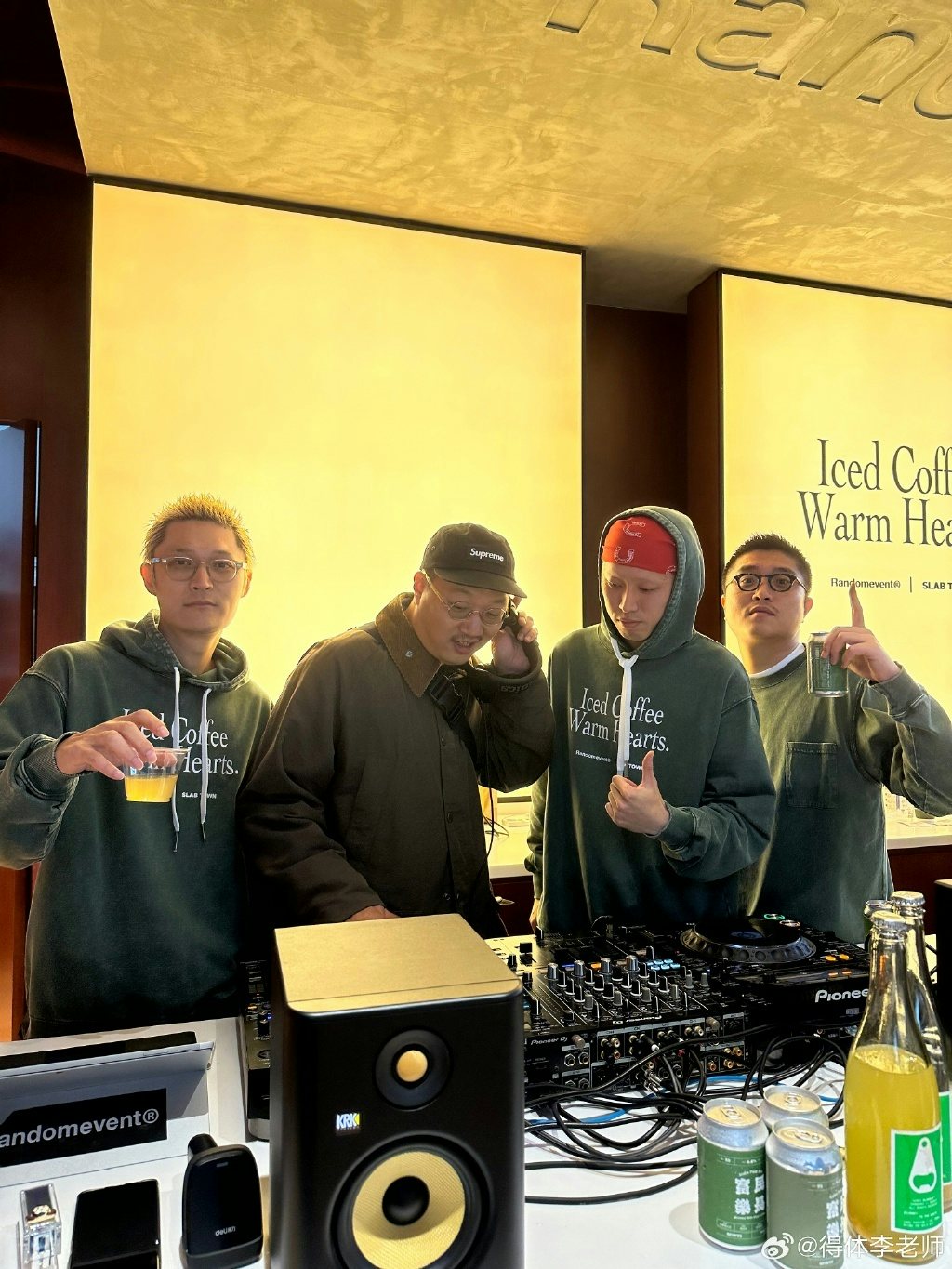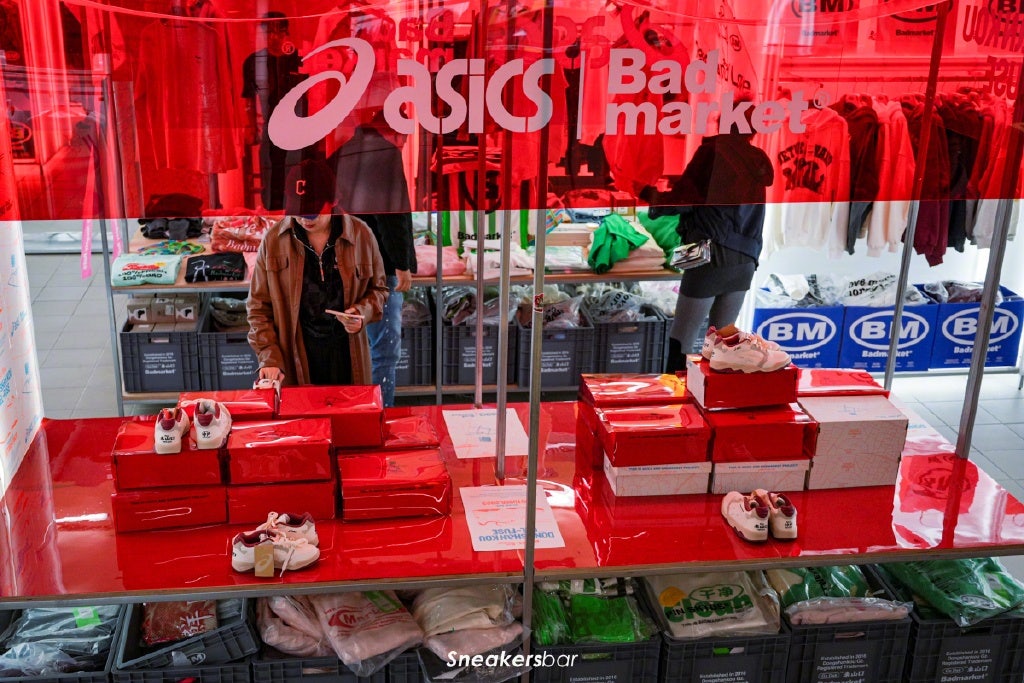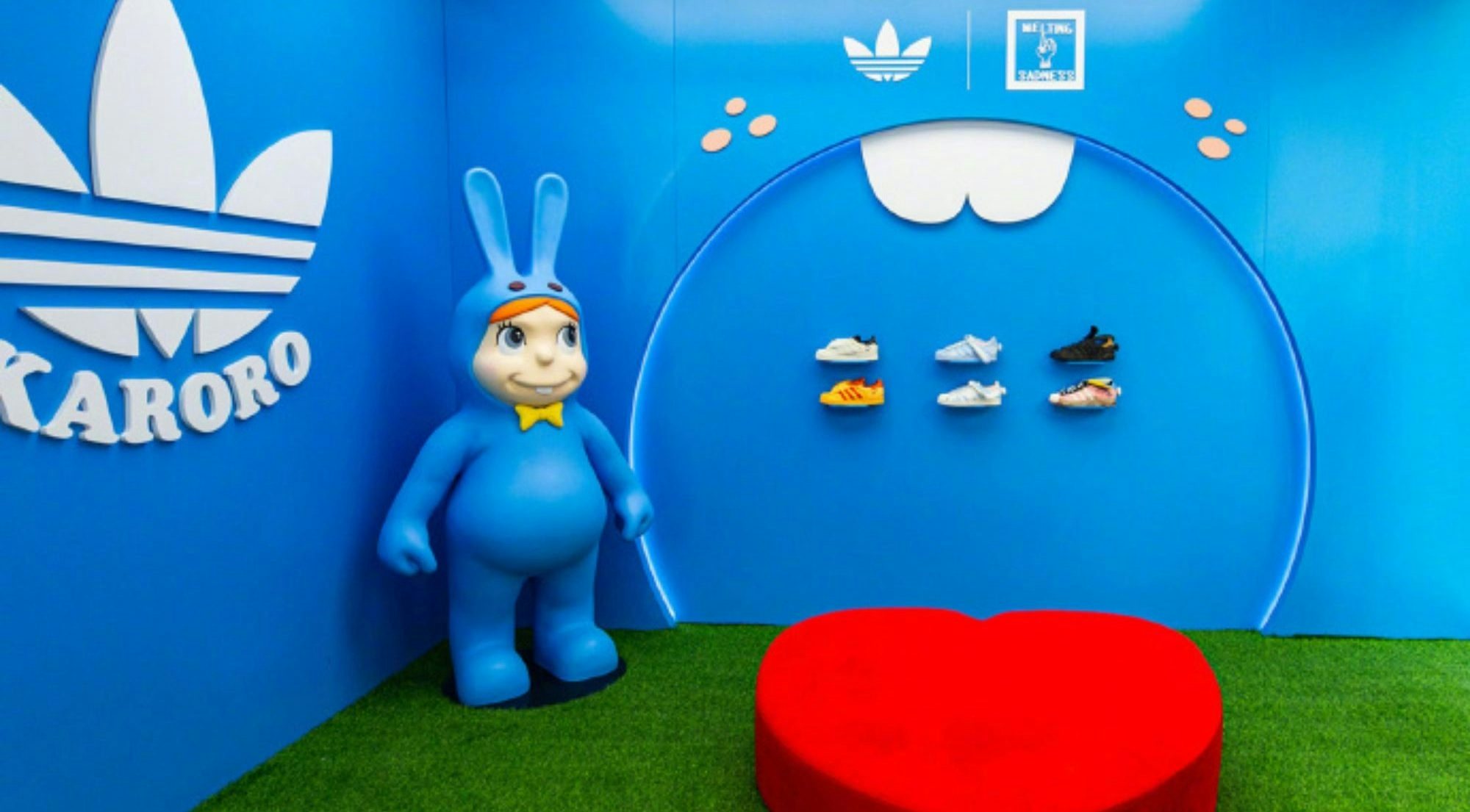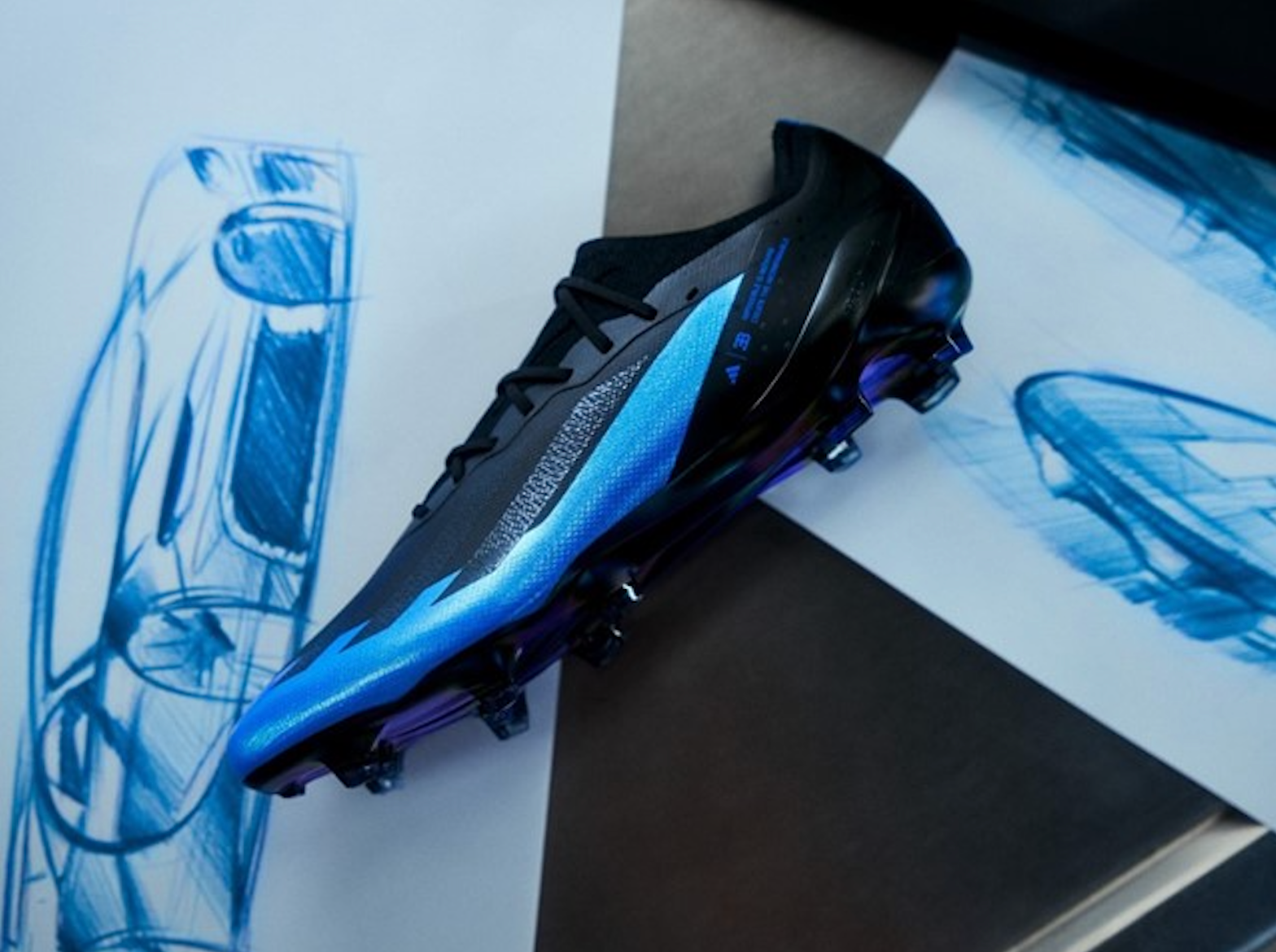Brick-and-mortar spaces have thrived in the mainland’s local streetwear market this year, making retailers a great vehicle for global sportswear brands to intimately engage Chinese consumers.
As brand-retail hybrid Randomevent founder Younker Hong tells Jing Daily, “More streetwear has begun to enter offline physical retail. In the past, it was e-commerce that opened up the market, but now it is through physical spaces and consumer dialogue that close brand-community relationships are established.”
Often equipped with photogenic cafés – even skate ramps in Avenue & Son’s case – streetwear stores have evolved into hang-out spots for young people in China. That growing relevance, combined with fiercer competition with domestic brands such as Anta and Li-Ning, has spurred the West’s world-famous sportswear names to collaborate with these retailers.

Over the past year alone, leading Japanese retailer Asics has released collections with trend platform Badmarket, retail store Costs, and youth culture media platform Aykes, along with designers like Shushu/Tong and 8On8.
Recognized as one of the world’s top sportswear brands of the moment, Asics has performed well through 2023. For the first quarter of 2023, the company reported 41.2 percent net year-on-year sales growth in Greater China.
Contributing to that growth is Asics’ utilization of collaboration. For instance, according to social media, Badmarket rivals the Japanese brand in terms of popularity in the mainland. On Gen Z-beloved, Chinese Instagram platform Xiaohongshu, Asics has 13,600 followers, whereas Badmarket has 39,400. The playful multibrand retail space is the perfect location to reach young streetwear fans.

Other retail collaborations among global sportswear names this year have included Vans joining hands with Shanghai streetwear retailer Doe Shanghai in April, Nike launching three Dunk High sneakers co-designed with leading multi-brand streetwear store SoulGoods earlier this month, and Adidas Originals’ numerous collabs.
The rate of Adidas’ local Chinese brand collaborations is unsurprising seeing as the German sportswear giant has been battered, reputation and revenue-wise, in the mainland over the past few years. From 2021 to 2022, the company posted a 31 percent decrease in net sales in mainland China.
Moving onto Q1 2023, Adidas’ total revenue continued to decrease, this time by 9 percent. However, the brand did achieve double-digit growth in net sales overall, increasing year-on-year and surpassing negative expectations.
“Recently, Adidas Originals has cooperated with several domestic brands, or creative platforms,” says Hong, emphasizing that the company is one of brands that is benefiting most from Chinese co-branded releases. “We’ve seen a lot of excellent collaborations taking place,” he adds.
A notable Adidas collab is with Melting Sadness, led by Chinese artist Zhang Quan. The tie-up’s success has not only stemmed from its vibrantly playful streetwear collections, but also its retail spaces, where incredible sculptures and brick-and-mortar installations have been erected replicating the brand’s family of characters.
Along with multiple Melting Sadness drops through 2023, Adidas has reeled out Chinese collaborations all year. There have been less retail-focused collections in comparison to other names, counting fashion labels Shuting Qiu, NoTitle, and Song for the Mute, plus streetwear favorites Avenue & Son. and Hamcus among its 2023 collaborators.
October saw Clot founder Edison Chen announce a move from Nike to Adidas, becoming an official global partner for the German brand, which will likely impact its positioning in China, too. After all, Clot is recognized as the nation’s biggest streetwear brand.
Sportswear brands must win over streetwear consumer bases to maintain cultural relevance. After all, streetwear derives predominantly from the popularization of athleisure.
“Streetwear retail is a good opportunity for brands to talk to young people in China,” says Hong. “The communication effect of community is more obvious with street brands.”
If 2023 taught us anything about sportswear brand strategies in the mainland, it’s that global players want in on domestic streetwear communities, and that is being achieved via a focus on those with the strongest brick-and-mortar presence.


